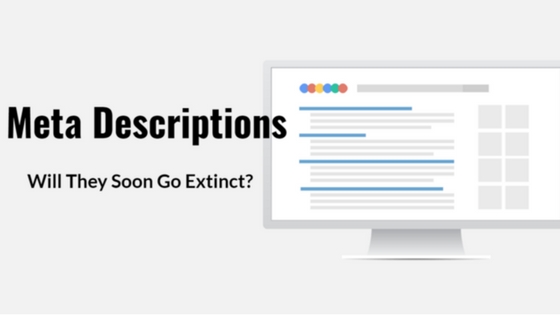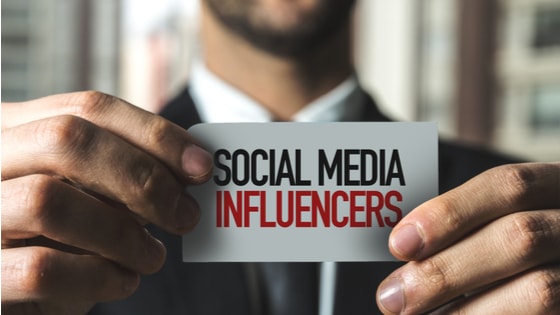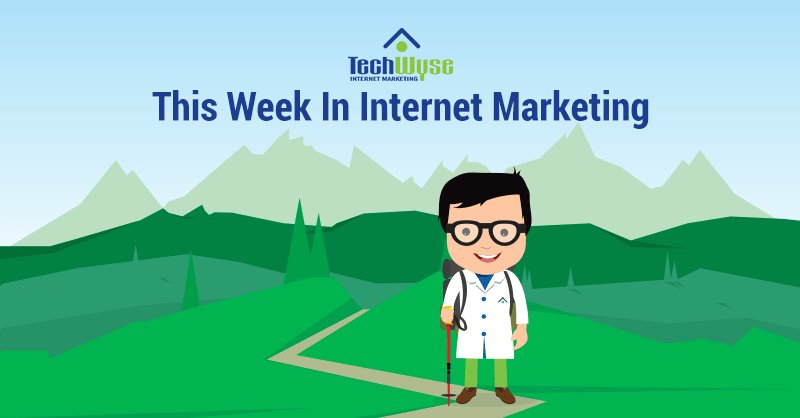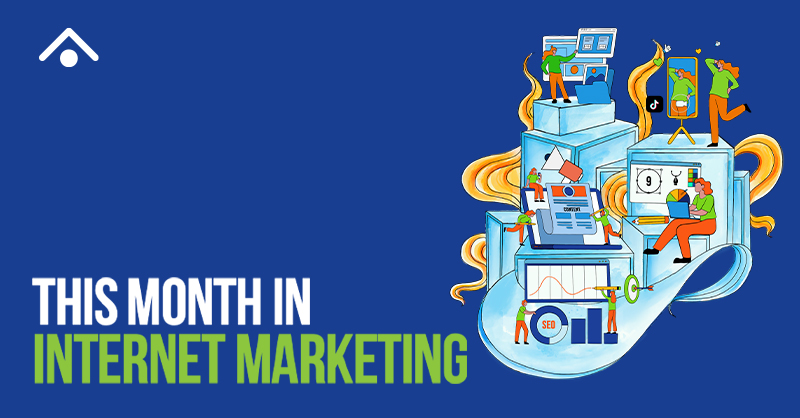Happy Tuesday!
This week we focus on meta descriptions and their staying power, the downside to social media influencers, and how user experience is a never-ending process in web design. We also cover the pros of a native ad campaign and how to transition an online lead into a sales pitch.
Will Meta Descriptions Soon Go Extinct?

Back in December, Google announced the increase of meta descriptions to 320 characters. By continuing to use meta descriptions as a main feature of the SERP, Google has emphasized their importance and assured that these short blurbs won’t be going away.
Meta descriptions are one of the few elements a web publisher can control and so quality should be at the forefront when writing them. Google recommends that a meta description be an accurate representation of a page’s content, that it be unique to each page, and that it fit within the specified length. As Sam Hollingworth writes, “Meta descriptions help Google achieve its main goal: supplying users with the information they are looking for…to eliminate meta descriptions completely, there would need to be a different element of a webpage that does its job better. And there simply isn’t one currently.”
3 Examples of How Social Media Influencers Can Hurt Your Business

Influencers can take social media campaigns to new heights but if you fail to choose an influencer who aligns with your brand and messaging, it can negatively impact your credibility and reputation.
Using the examples of Pepsi and Kendall Jenner, Naomi Campbell and Adidas, and Oprah and Microsoft, Tabitha Jean Naylor narrows down best practices for choosing a social media influencer. What do these case studies teach us? You have to craft the right message and choose the right influencer for your campaign’s messaging. Allow influencers to ‘sell’ your product or service in their own voice. Choose quality over quantity—a lesser known influencer will come across as more authentic as opposed to a big name clearly doing it for the money.
How to Smoothly Transition Online Content Leads to Your Sales Staff

Content marketing is an effective form of providing consumers with solutions, however, many times, a solution will require expertise. This means at some point, your content needs to transition to a sales pitch. Ben Allen offers tips on how to set up your online leads so your sales team can successfully convert them to customers. Some recommendations he makes are to obtain as much info from the lead so that your sales team can choose the right tactics, and to offer a variety of ways to meet with leads (phone calls, video chat, email, text, or in-person). The takeaway is that Marketing and Sales need to work together. Marketing needs to do a good job setting up sales when it comes to contacting leads, and sales needs to have the information necessary to sell well.
Why You Should be Using Progammatic Native Ads

“With marketing strategies like business storytelling peaking in this age of content, advertisers should really make better use of the goldmine that is programmatic native,” writes Grace Kaye. Here, she explores why native ads are great for prospecting and promoting content. Native ads are more cost-effective than display ads, are more successful at driving traffic, and offer a more user-friendly experience. According to a study by Nielsen and IPG Media for Sharethrough, native ads receive more attention than banner ads—they blend in, are less disruptive, and are adaptable. Building a successful native campaign requires a brand name, logo, image, CTA, and relevant content that fits the context of the ad.
Are You Taking UX Design Seriously Enough?

Web design is no longer the start and finish process it once was. Today, the design process never ends and if you’re not constantly maintaining your website or implementing the occasional redesign, you could be losing out on customers. Consider that the number of interactions that a person has with your brand is higher than ever. Even the smallest detail can turn your potential customer away. When a potential customer gets stuck with your payment form, as an example, you risk losing the sale. When your page takes too long to load, you risk losing a visitor. Improving the user experience increases engagement, generates more leads and improves customer retention. As Wez Maynard writes, “The average user experience is improving at a rapid pace and the only way to maximize your business potential is to constantly refine the user experience of your site.”
Check out these additional articles for more internet marketing news!
How to Create a Killer Social Media Campaign
3 Essential Branding Lessons From a Rare Steve Jobs Interview





